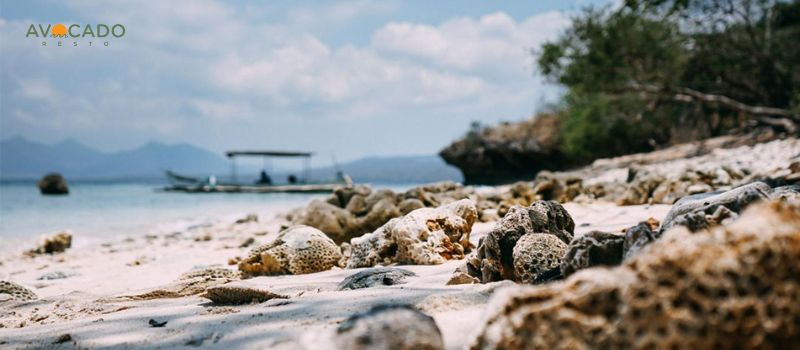Nestled in the far western tip of Bali, Indonesia, The West Bali National Park (Taman Nasional Bali Barat) stands as one of the island’s most extraordinary natural treasures.
Encompassing an area of approximately 190 square kilometers, the park features a rich landscape of tropical rainforests, savannas, mangrove swamps, coral reefs, and several small islands, including the pristine Menjangan Island.
This protected sanctuary offers a unique blend of biodiversity, indigenous culture, and outdoor adventure, distinguishing itself from Bali’s famous beach resorts and bustling tourist hubs.
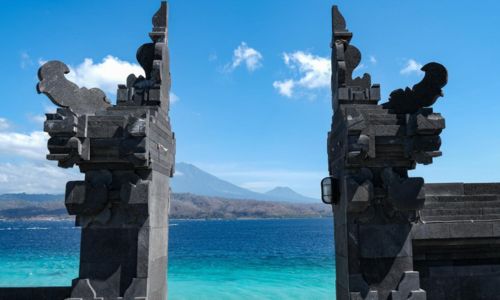
A Paradise for Nature Enthusiasts
West Bali National Park is a haven for wildlife lovers and conservationists alike. It shelters numerous rare and endangered species native to Bali and the surrounding region.
One of the most iconic residents is the Bali starling (or jalak bali), a rare bird species that is critically endangered and protected under strict wildlife conservation programs.
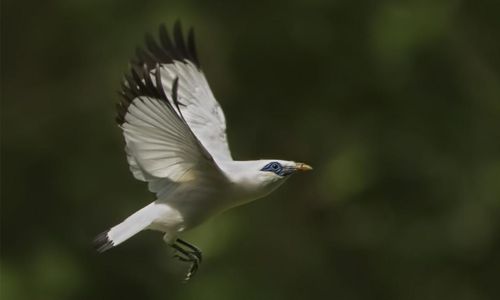
Visitors might also catch glimpses of wild deer, long-tailed macaques, wild boars, and a variety of bird species, making it an excellent destination for birdwatching.
The park’s forest habitat spans lowland tropical rainforests and mangroves, nurturing a vast range of plant species that form the backbone of this ecosystem.
Walking through the jungle trails, visitors are often greeted by the sights and sounds of vibrant flora and fauna, an experience that is rare in the more commercialized parts of Bali.
The Underwater World of Menjangan Island
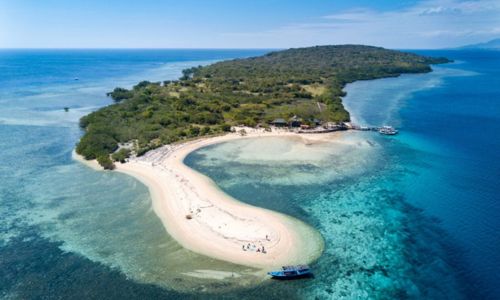
A critical highlight of the park is Menjangan Island, located in the northwest.
The island is famed for its crystal-clear waters and some of the most spectacular coral reefs in Bali.
It is part of the park’s marine protected area, which preserves the aquatic ecosystem and allows snorkeling and diving enthusiasts to witness vibrant coral gardens teeming with colorful marine life, including reef fish, sea turtles, and occasional reef sharks.
Menjangan provides calm, clear water conditions that make it accessible for snorkelers and divers of all skill levels.
The coral reefs are home to more than 200 species of fish and 50 species of hard coral.
The island itself remains relatively untouched by commercialization, offering visitors a tranquil escape into nature.
Activities and Experiences
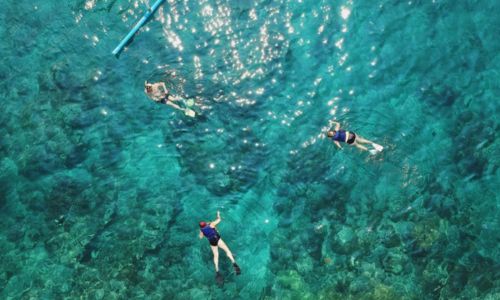
Whether you’re an avid adventurer, passionate photographer, or eco-tourist, West Bali National Park offers plenty of activities that highlight the rich biodiversity and scenic beauty of the area:
Jungle trekking: Guided walks through the park’s dense forest allow visitors to discover hidden waterfalls, bird species, and plant life unique to this region. Experienced local guides provide educational insights into the park’s flora and fauna.
Bird watching tours: With over 160 bird species documented, birdwatchers can enjoy a fascinating and rewarding experience spotting rare and exotic birds, including the Bali starling. Guided birdwatching expeditions increase the chances of seeing elusive species.
Snorkeling and diving: Menjangan Island remains one of Bali’s top underwater spots for exploring its extraordinary coral reefs, with options ranging from snorkeling to deep diving.
Wildlife photography: The tranquil setting combined with abundant wildlife makes the park a favorite for photographers aiming to capture Bali’s natural essence beyond beaches and temples.
Boat tours: Boat rides from the mainland to Menjangan Island are pleasant and scenic, offering glimpses of coastal mangroves and marine life.
Conservation Efforts and Sustainable Tourism
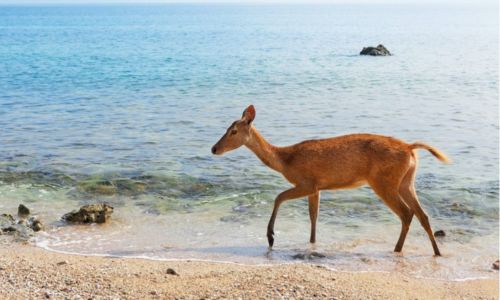
The park is not only a tourist destination but also a crucial conservation area dedicated to preserving Bali’s natural heritage.
The management of West Bali National Park actively promotes sustainable tourism to minimize environmental impact and ensure the habitat’s long-term protection.
Visitor numbers are regulated, and there are strict guidelines to maintain cleanliness and minimize disturbances to wildlife. Several eco-friendly lodges and small-scale accommodations surround the park, encouraging responsible tourism.
Conservation programs work closely with the local communities, empowering them to participate in preservation activities, raise environmental awareness, and develop sustainable economic opportunities linked to tourism.
Getting There and Best Time to Visit
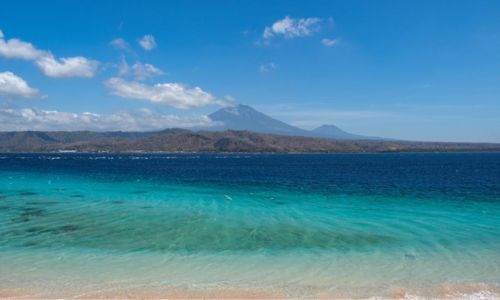
West Bali National Park is accessible from Bali’s main Ngurah Rai International Airport through a roughly 3-4 hour car journey westward, passing through scenic rural landscapes and traditional villages.
The closest regency is Jembrana, and transport options include rentals or arranged tours.
For ideal weather and best experiences, plan your visit during the dry season, which lasts from April through October.
During these months, the trails are drier and snorkeling conditions optimal, with increased visibility underwater.
Entrance Fees and Visitor Costs
To preserve this natural wonder, entrance fees are applied to visitors, helping fund conservation efforts and park maintenance. The fees for West Bali National Park are as follows:
- For Foreign Tourists:
- Weekdays: 200,000 IDR (approximately $13-14 USD) per person
- Weekends and Public Holidays: 300,000 IDR (approximately $20 USD) per person
- For Local Visitors: Discounts are available, though exact amounts vary and are usually lower.
Additional fees that visitors should anticipate include:
- Car entry fee: 10,000 IDR
- Boat transport (often required for Menjangan Island visits): 100,000 to 150,000 IDR
- Trekking permit: 5,000 IDR
- Scuba diving or snorkeling permit: 15,000 to 25,000 IDR
Payments are accepted at official park offices located at the main ranger station in Cekik and the second office at Labuan Lalang, near the boat departure points to Menjangan Island.
Visitors must also arrange to be accompanied by a licensed guide, either by joining a guided tour or hiring a park-approved guide on site
Why Visit West Bali National Park?

If you are tired of Bali’s crowded beach towns and tourist-centered activities, the West Bali National Park offers a serene and authentic encounter with nature that few get to experience.
Its combination of rich biodiversity, breathtaking underwater vistas, and cultural value makes it a destination like no other.
With protected wildlife, stunning coral reefs, and peaceful trails, you step into an eco-paradise that reveals Bali’s diverse natural landscape and sustainable tourism values.
This hidden jewel invites you to explore, learn, and connect with nature on a deeper level.
Whether you’re a nature enthusiast, adventure seeker, or ecotourist, The West Bali National Park promises a memorable outing defined by tranquility, discovery, and the remarkable beauty of Bali’s wild west.
After immersing yourself in the breathtaking natural beauty and vibrant wildlife of The West Bali National Park, don’t forget to recharge at アボカドレストラン, the perfect cozy spot nearby to relax and rejuvenate.
Known for its welcoming atmosphere and energizing menu, Avocado Resto serves a delightful blend of healthy dishes alongside authentic Nusantara and Balinese flavors, thoughtfully crafted to nourish both body and soul.
Whether you seek a fresh smoothie bowl, comforting local specialties, or wholesome meals, this charming restaurant offers a refreshing pause after your adventurous day.
Experience the best of taste and tranquility by visiting Avocado Resto check out their offerings and latest updates at avocadoresto.com.
